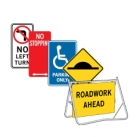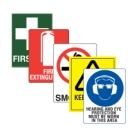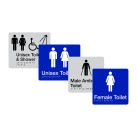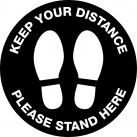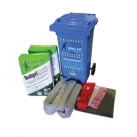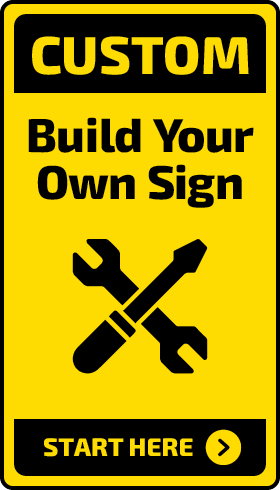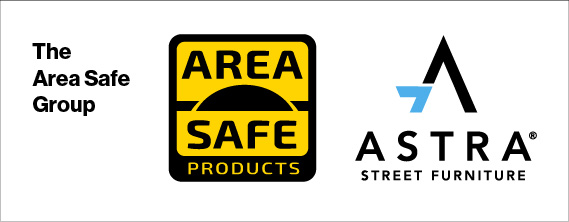Improving Warehouse Safety: Key Strategies and Best Practices






Warehouse safety is crucial for protecting employees and ensuring smooth operations. Busy warehouses, with their mix of machinery and manual labour, are places where accidents can easily happen. But by implementing effective safety measures, you can significantly lower these risks. Here's some ways that you can make your warehouse safer and more efficient.
Common Warehouse Hazards
Warehouses are full of potential dangers. Here are some of the most common hazards:
•Slips, Trips, and Falls: These common accidents can result from wet floors, uneven surfaces, or clutter.
• Falling Objects: Items that aren't securely stored can fall and injure workers below.
• Forklift Accidents: Forklifts increase efficiency but can be dangerous if mishandled.
• Manual Handling Injuries: Improper lifting and carrying can lead to strains and sprains.
• Exposure to Hazardous Substances: Chemicals and other dangerous materials need careful handling to prevent health issues.
Strategies for Better Warehouse Safety
1. Train and Educate Employees
Safety starts with proper training. All employees should undergo training that includes:
• Equipment Safety: Teach how to safely operate forklifts, pallet jacks, and other machinery.
• Lifting Techniques: Show employees how to lift safely to avoid injuries.
• Emergency Drills: Conduct regular drills so everyone knows what to do in an emergency.
2. Set Clear Safety Rules
Having clear safety rules is key. These should include:
• Use of Personal Protective Equipment (PPE): Make sure all workers have and use the right PPE, like helmets, gloves, and safety shoes.
• Safety Audits: Regularly check the workplace for potential hazards and fix them.
• Signs and Floor Markings: Use signs and markings to show where people can walk, where forklifts can go, and where dangerous areas are.
3. Use Ergonomics in Manual Handling
Design the workplace to fit the worker. This reduces injuries from repetitive tasks and overuse. Here are some ergonomic improvements:
• Adjustable Workstations: These help workers avoid bending and reaching too much.
• Lifting Aids: Use tools like hoists to help lift heavy items without strain.
• Ergonomic Training: Teach workers how to move and work in ways that prevent injury.
4. Manage Traffic Effectively
People and vehicles need to move around safely in the same space. Here’s how to manage traffic:
• Separate Routes: Have different paths for forklifts and people to reduce interactions – safety rails and barriers are an effective way to achieve this.
• Speed Limits: Set and enforce speed limits for all vehicles in the warehouse. Improve Visibility: Use mirrors and signs to make sure drivers and pedestrians can see each other clearly.
5. Keep Equipment in Good Condition
Well-maintained machinery and equipment are safer and work better. Make sure to:
• Inspect Regularly: Check forklifts, conveyor belts, and other machinery often.
• Fix Problems Immediately: Repair any issues right away to avoid accidents.
• Keep the Warehouse Clean: Regular cleaning and organising prevent accidents and make the warehouse more efficient.
6. Build a Safety Culture
Safety is about more than just following rules; it's about creating a culture where everyone prioritises safety. Here’s how to do it:
• Encourage Speaking Up: Let workers talk about safety issues without fear.
• Reward Safe Behaviour: Recognise and reward those who follow safety rules.
• Include Employees in Safety Decisions: Let workers help plan and improve safety measures.
Monitoring and Continuous Improvement
Safety is an ongoing process. Regularly review and update your safety practices based on new insights and feedback. Use metrics like accident rates, near misses, and employee safety suggestions to gauge your progress. Implementing a continuous improvement process will help you adapt to new challenges and keep your team safe.
Improving warehouse safety is a continuous effort. By following these strategies, you'll create a safer environment for everyone and improve your business’s bottom line. Investing in safety is investing in the future of your business. Let’s make sure our warehouses are not just places of work, but examples of safety and efficiency.
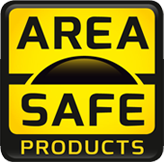
 Speed of Service
Speed of Service Easy Systems
Easy Systems Product Designs & Developers
Product Designs & Developers Car Park Protection
Car Park Protection 



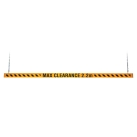

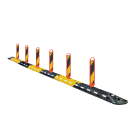
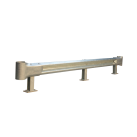

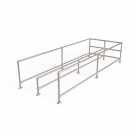
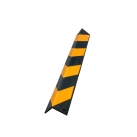
 Industrial Safety
Industrial Safety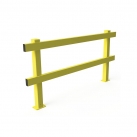
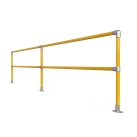


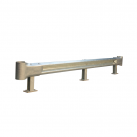

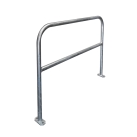
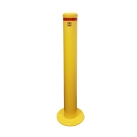



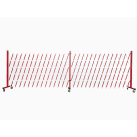
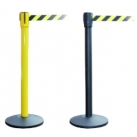

 Urban Furniture
Urban Furniture
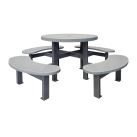




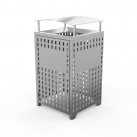

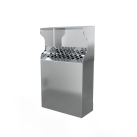
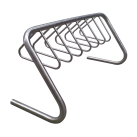

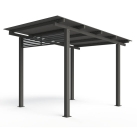
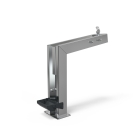
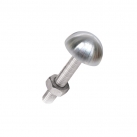

 Pedestrian Barriers
Pedestrian Barriers
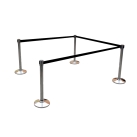

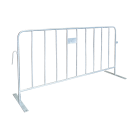

 Matting, Ramps & Tactiles
Matting, Ramps & Tactiles
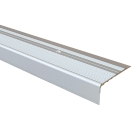




 Signage & Safety
Signage & Safety 
